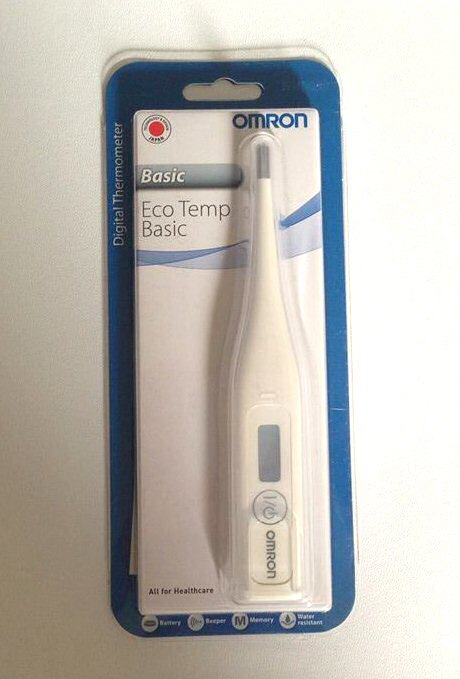How To and Why To Take Your Dog’s Temperature
Whenever you take your dog to see the vet, there is usually a routine and a handful of questions that are asked every time:
- Is he eating and drinking normally?
- Is he urinating normally?
- Has he had any vomiting or diarrhoea?
- How is he in himself?
All great questions to get a handle on your dog’s general current condition. While these questions are being asked, your vet will also be making other small checks to help fill in a broader picture:
- Checking his heart rate with a stethoscope
- Checking his gum colour and that of the inside of his eye lid
- Checking his temperature with a thermometer
All of these checks are very easy to do and if you know what is normal for your dog, you can make these observations yourself so that, in the event of you being worried about your dog’s health, you can ascertain whether there is a serious problem that needs to see the vet right away or whether it is something less serious that can wait until morning rather than needing an emergency appointment.
One of the most indicative pointers to something being wrong is your dog’s temperature and, like us, we all vary slightly in what is our normal temperature. In dogs, the “normal” range is anywhere between 100-102.5 degrees F, or 37.8-39.2 degrees C. Simply by knowing what is normal for your dog and being able to take his temperature if you suspect a problem will either put your mind at rest or galvanise you into action straight away, but knowing HOW to take your dog’s temperature is important too.
Firstly, make sure you mark on the thermometer that it is for the dog! As you know, taking a temperature for man’s best friend goes in an entirely different orifice to that of a human – and you wouldn’t want Rover’s thermometer in your mouth by mistake!
Using a lubricant around the tip of the thermometer, lift up the tail and gently insert the tip into the rectum (it is quite common for your dog to try to sit down as it’s a bit of a strange sensation for him). If your dog is easily scared or reactive, it may be sensible to muzzle him for this procedure even though it is not actively painful for him – just a little uncomfortable as you’d imagine.
When you insert the thermometer, rather than going in a straight forward direction, aim it slightly diagonally towards the side so that the tip of the thermometer will touch the wall of the rectum when inserted. This will mean that your thermometer will give you an accurate reading of the body temperature. If you simply insert it into the rectal chamber without touching the wall, you will take a reading from the air inside the cavity rather than the body itself. This will give you an artificially low reading and will not be as accurate. Once you feel a slight resistance, you are touching the wall of the rectum and should stop advancing the thermometer any further.
Once the thermometer beeps to tell you the reading is done, gently withdraw it and take the reading from the display straight away. Once you are finished, remember to wash and dry the thermometer thoroughly so that it is sterile for your next temperature reading.
If you don’t already have one for your dog, check out our shop where you can purchase our basic thermometer Buy Yours Here

